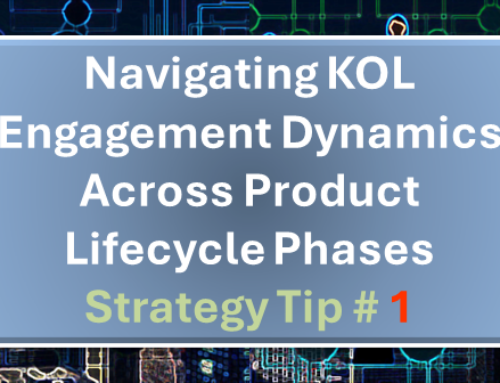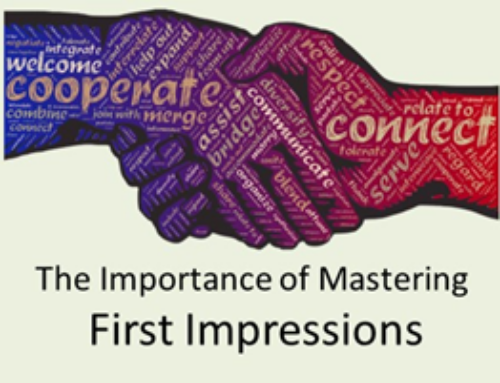A successful Medical Affairs launch strategy requires every part of an organization to work in sync. For Medical Affairs, it means that by the time a product “hits” the market, most of the function will be staffed. It also means the medical field team programs will have gradually matured into a fully operational structure.
Thought Leader Targets
For Medical Science Liaisons (MSLs), responsibilities involve to continue working with thought leaders with whom they have developed relationships during the pre-launch phases. MSLs will also look to other groups of thought leaders in an effort to more expansively disseminate a product’s scientific information, spread awareness and increase chances for success.
Based on the study (results here), the mix of targeted thought leader closely resembles phase 3 targets, Figure 1 shows the focus shifted slightly from academics and specialists to other groups. Academic and specialist categories account for more than half the targets during phase 3. In comparison, to shore up their Medical Affairs launch strategy, study respondents more extensively target a broader range of categories, reducing the focus on academic and specialist thought leaders by 13%.

Figure 1: Targeted Thought Leaders: Launch

Figure 2: Targeted Thought Leaders: Launch – US
U.S.-based respondents show a similar reallocation. Academic and specialist groups lose more than 10% of their proportional shares in phase 3 to other thought-leader categories, mostly to generalists, pharmacists and mid-level providers, as shown in Figure 2. US-Based executives also use specialist (17%) and academic (14%) thought leaders significantly less at launch (total of 31%), compared to a total of 52% for European executives.
Figure 3 shows European medical affairs expanding their target groups to every category, and in the process beefing up efforts to reach subspecialists, a category that almost doubled in its share of targeted KOLs.

Figure 3: Targeted Thought Leaders: Launch – Europe
Targeted Levels of Thought Leader Influence
By the time the Medical Affairs launch strategy kicks in, many of the uncertainties around a product disperse. Life science organizations begin efforts to get even closer to physician communities and their patient populations.
Data reveals a dramatic shift toward educating local leaders and physician communities. Survey takers focus much more on engaging local thought leaders, moving on from the top-level KOL groups of rare, international, and to a lesser degree, national.
While the top three groups represent 93% of the engagement focus in phase 3, they make up only 78% in the launch phase, with local thought leader targets now representing 23% of the overall targeted thought leader levels (Figure 4).

Figure 4: Targeted Thought Leader Levels: Launch

Figure 5: Targeted Thought Leader Levels: Launch – US
Analysis of separate regions (Figures 5 and 6) shows very similar shifts in targeted thought leader levels.
Executives from organization to organization and region to region do not always align on the strategies employed to engage with thought leaders in the pre-launch phases of a product development. But. the majority of executives surveyed through this study report shifting their targeted thought leader levels during the launch phase, as shown in these graphics. The data show a significant strategic consensus to shift the focus from higher KOL levels to local thought leadership at launch.

Figure 6: Targeted Thought Leader Levels: Launch – Europe
Thought Leader Activities
The launch of a product also triggers changes in the type of activities for which companies employ thought leaders. While phase 3 data show that advisory board and clinical related activities consisted of close to 80% of thought leader initiatives, the launch phase causes a greater focus on commercially related tasks. Although data show commercial activities gaining some traction during phase 3, executives report that KOL commercial speaking and consulting activities more than double during the launch phase.
Overall, commercial consulting and promotional speaking, together, grew from an average of 12% of the standard thought leader strategic plan in phase 3, to 28% of the same plan at launch, as shown in Figure 7.

Figure 7: Thought Leader Activities: Launch
Across the regions, commercial consulting and promotional speaking together represent 9% to 13% of thought leader activities during phase 3. These proportions increased more than 2-fold at launch, with companies mostly reallocating the needed resources from advisory panel employment.

Figure 8: Thought Leader Activities: Launch – US

Figure 9: Thought Leader Activities: Launch – Europe
Nonetheless, even this late in development, thought leaders can still prove valuable in performing clinical related activities. This activities consist, during the launch period, of 45% of the total activities(accounting for advisory panel work and scientific consulting).
According to survey data, in the launch phase, for both the commercial and clinical side, companies across all regions maintain strikingly similar strategic thought leader plans. On the clinical side, consulting ranges from 15 to 19% of thought leader work, speaking from 17 to 23% and total advisory board involvement (leading and participating) hovers right around 30% (30-32%); on the commercial side, consulting stays within a 11 to 15% range and speaking between 13 to 17% of total thought leader initiatives.
KOL Target Strategy at Launch
Figure 10 shows the continued focus to target specialist and academic thought leaders. Although these categories lose approximately 10% of their share, to the benefit of other categories, from phase 3 to launch.

Figure 10: Top-3 Launch KOL Engagement Targets
Organizations tend to refocus their efforts to engage with levels of thought leaders with more local impact. Basically, they work their way from the top down as the products move through the phases of development up to launch.
The findings presented in this article stem from the following study:
Thought Leader Utilization: Refining Strategies and Tactics for Optimal KOL Engagement
Arx Research analysts used primary research resources to develop this study. Analysts collected the quantitative and qualitative data through surveys and interviews conducted with medical affairs and thought leader management executives. The research collected data from 15 countries across Asia, Europe and Latin and North America. In total, 47 respondents from 34 life sciences organizations contributed to the findings presented in this study.






